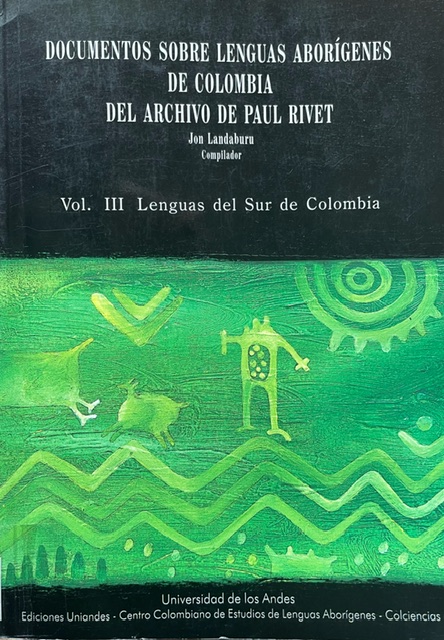From corpus to classroom : language use and language teaching / Anne O'Keeffe, Michael McCarthy and Ronald Carter
Tipo de material: TextoIdioma: Inglés Editor: Cambridge (Reino Unido) : Cambridge University Press, 2007Descripción: xv, 315 páginas ; 25 cmISBN: 978052161686Tema(s): Lenguaje y lenguas -- Enseñanza | Inglés -- Enseñanza -- Estudiantes extranjeros | Corpus lingüísticosClasificación CDD: 428.0071
TextoIdioma: Inglés Editor: Cambridge (Reino Unido) : Cambridge University Press, 2007Descripción: xv, 315 páginas ; 25 cmISBN: 978052161686Tema(s): Lenguaje y lenguas -- Enseñanza | Inglés -- Enseñanza -- Estudiantes extranjeros | Corpus lingüísticosClasificación CDD: 428.0071 | Tipo de ítem | Ubicación actual | Colección | Signatura | Copia número | Estado | Notas | Fecha de vencimiento | Código de barras |
|---|---|---|---|---|---|---|---|---|
| Libros | Sede Centro | Colección General | 428.0071 OK41f | ej. 1 | En catalogación | tmt10 | 500079235 |
Incluye índice de autores.
Incluye índice analítico.
Introduction. -- Introduction: the basics. -- Whay is a corpus and how can we use it?. -- Which corpus, what for and what size?. -- How to make a basic corpus. -- Basic corpus linguistic techniques. -- Lexico-grammatical profiles. -- How have corpora been used?. -- How have corpora influenced langauge teaching?. -- Establishing basic and advanced levels in vocabulary learning. -- Introduction. -- Frequency and native-speaker vocabulary size. -- The most frequent words and the core vocabulary. -- THe broad categories of a basic vocabulary. -- Chunks at the basic level. -- The basic level: conclusion. -- The advance level. -- Targets. -- The vocabulary curve. -- The 6.000 to 10.000 word band. -- Meaning and connotations. -- Breadth and depth. -- Lessons from the analysis of chunks. -- Introduction. -- THe single word. -- Collocation. -- Strings of words in corpora. -- Phraseology and idiomaticity. -- Looking at the corpus data. -- Interperting the data: chunks and single words. -- Chunks ans unit of interaction. -- Conclusions and implications. -- Idioms in every day and language teaching. -- Introduction. -- Finding and classifiying idioms. -- Frequency. -- Meaning. -- Functions of idioms. -- Idioms in specialised contexts. -- Idioms in teaching and learning. -- Grammar and lexis and patterns. -- Introduction. -- The example of border. -- Grammar rules and patterns: deterministic and probabilistic. -- The get-passive: an extended case of study. -- Previous studies of the get-passive. -- Get-ássove and related forms. -- Core get-passive constructions in the CANCODE sub-corpus. -- Discussion. -- Grammar as structure and grammar as probabilities: the example of elipsis. -- Conclusions and implications. -- Grammar, discourse and pragmatics. -- Introduction. -- Non-restrictive wich-clauses. -- If-clauses. -- Wh-cleft clauses. -- Bringing the insights together. -- Corpus grammar and pedagogy. -- Listenership and response. -- Introduction. -- Forms and listernership. -- Response tokens across varieties of English. -- Functions and response tokens. -- Conclusions and implications. -- Relational language. -- Introduction. -- Conversational routines. -- Small talk. -- Discourse markers. -- Hedging. -- Vagueness and approximation. -- Conclussion and implication. -- Language and creativity: creating relationships. -- Introduction. -- Spoken language and creativity. -- Corpora and creativity. -- Creative speakers. -- Applications to pedagogy. -- Corpus to pedagogy: creating realtionships. -- SUEs and creativity. -- Quantitative and qualitative. -- Conclusion. -- Specialising: academic and business corpora. -- Introduction. -- Written academic English. -- Written academic English: examples of frequency. -- Spokena cademic corpora. -- Spken academic English, conversation and spoken business English. -- The CANBEC business corpus. -- Chunks. -- Problem and its institutional construction in CANBEC. -- Summary. -- Pedagogical implications. -- Exploring teacher corpora. -- Introduction. -- Classroom discourse. -- Frameworks for the analysis of classroom language. -- Applying the frameworks to a corpus of classroom data. -- Looking at questioing in the classroom. -- Teacher corpora in professional development. -- Conclusions and consoiderations.
K-T-DRA Compra 03/05/2017 Factura - K32551
Lenguaje y lenguas




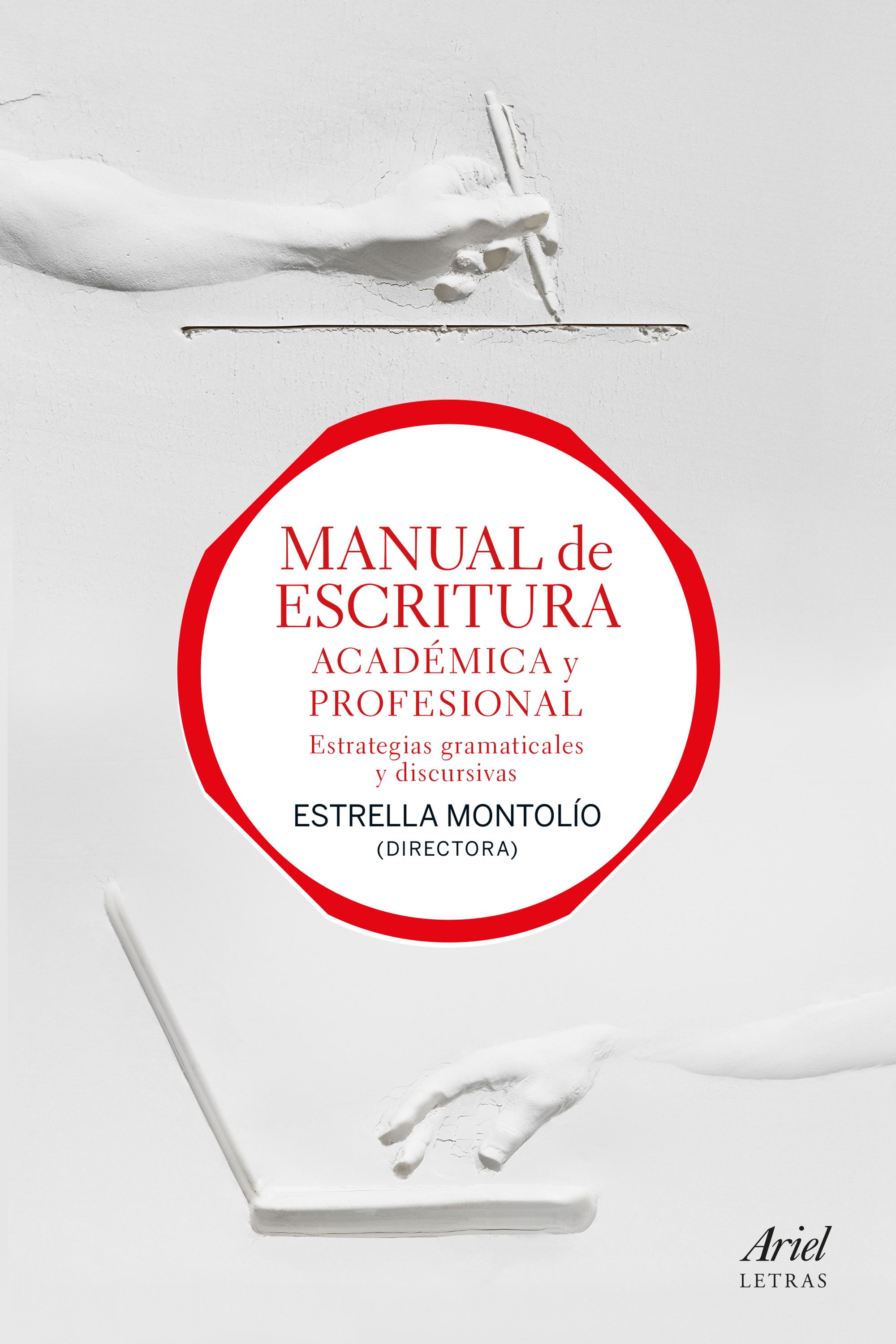

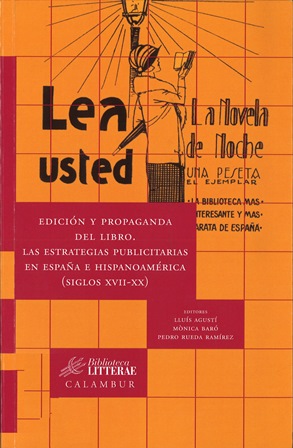
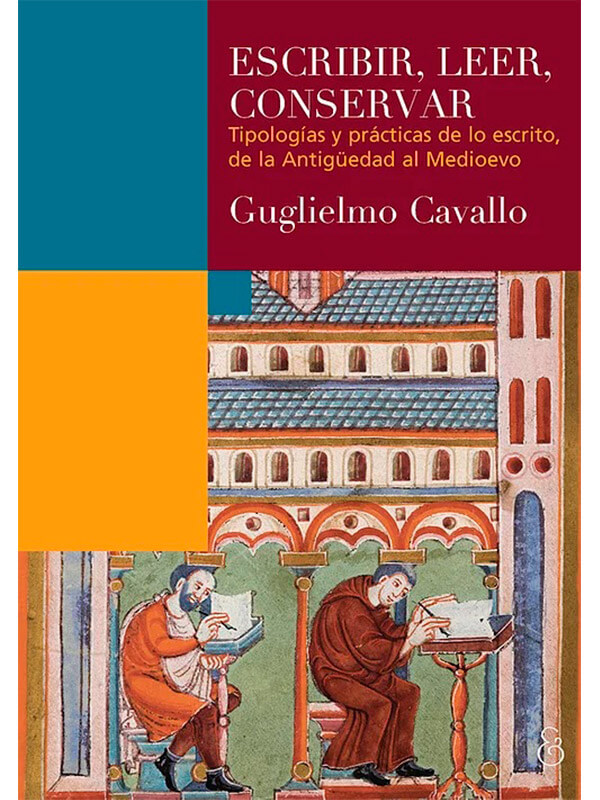

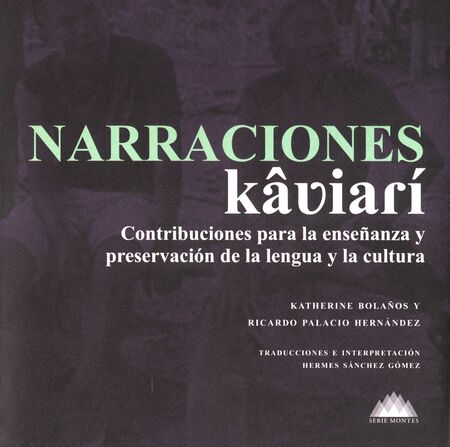
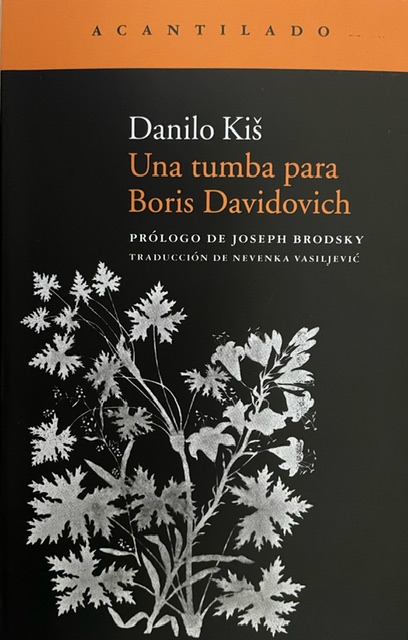
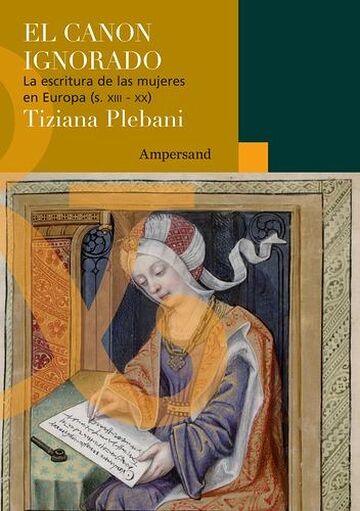
![Los indios katíos: Su cultura [y] su lengua / Constancio Pinto García Los indios katíos: Su cultura [y] su lengua / Constancio Pinto García](https://biblioteca.caroycuervo.gov.co/opac-tmpl/bootstrap/images/Portada9.jpg)
